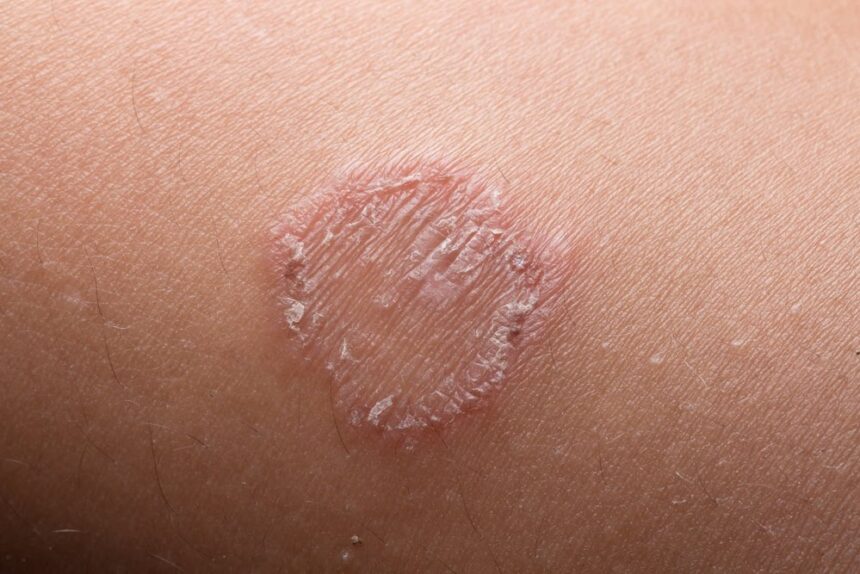Ringworm, or tinea, is a common fungal infection that affects children and can spread easily in schools and playgroups. Understanding the early signs and symptoms of ringworm is crucial for parents to ensure prompt treatment and prevent further transmission. Here are some key indicators to watch for:
1. Itchy Skin
One of the first signs of ringworm is intense itching in the affected area. Children may frequently scratch, which can lead to irritation and inflammation. Parents should observe if their child is unusually restless or complains of discomfort in specific spots.
2. Red, Circular Rash
The hallmark of ringworm is a red, circular rash that may have raised edges. This rash often appears on the scalp, body, or in moist areas like the groin or armpits. The center of the ring may become clear, giving it a characteristic ring-like appearance. In some cases, the rash may look like a small pimple or a cluster of bumps.
3. Flaky or Scaly Skin
Affected areas may become flaky or scaly as the infection progresses. Parents should check for dry patches or peeling skin around the rash. In some cases, the skin may also become cracked or develop blisters.
4. Hair Loss
When ringworm affects the scalp (tinea capitis), it can lead to hair loss in the infected area. This may appear as bald patches where hair has broken off at the scalp. Parents should watch for unusual hair thinning or patches of missing hair.
5. Discoloration of Nails
If ringworm affects the nails (tinea unguium), parents might notice discoloration, thickening, or crumbling of the nails. This can lead to pain and discomfort, making it essential to seek treatment early.
6. Spreading Lesions
Ringworm can spread rapidly, especially if the child is in close contact with others or shares personal items like towels, brushes, or clothing. Parents should monitor for new lesions appearing in different areas of the body.
When to Seek Medical Advice
If parents notice any of these symptoms, it’s essential to consult a healthcare professional for a proper diagnosis. While ringworm is typically not serious and can be treated effectively with antifungal medications, early intervention can prevent the infection from worsening or spreading to others.
Preventing Ringworm
To reduce the risk of ringworm in children:
- Practice Good Hygiene: Encourage frequent hand washing and bathing, especially after outdoor play or contact with animals.
- Avoid Sharing Personal Items: Teach children not to share hats, combs, or towels.
- Keep Skin Dry: Moisture can encourage fungal growth, so keep areas prone to sweating dry and clean.
- Wear Protective Clothing: If children are playing in areas known for ringworm outbreaks, consider protective clothing.
Ringworm is a manageable condition, but awareness of its early signs and symptoms is vital for parents. By recognizing these indicators and seeking prompt treatment, parents can help their children recover quickly and prevent the spread of infection to others. If you suspect your child has ringworm, don’t hesitate to contact a healthcare provider for advice and treatment options.










